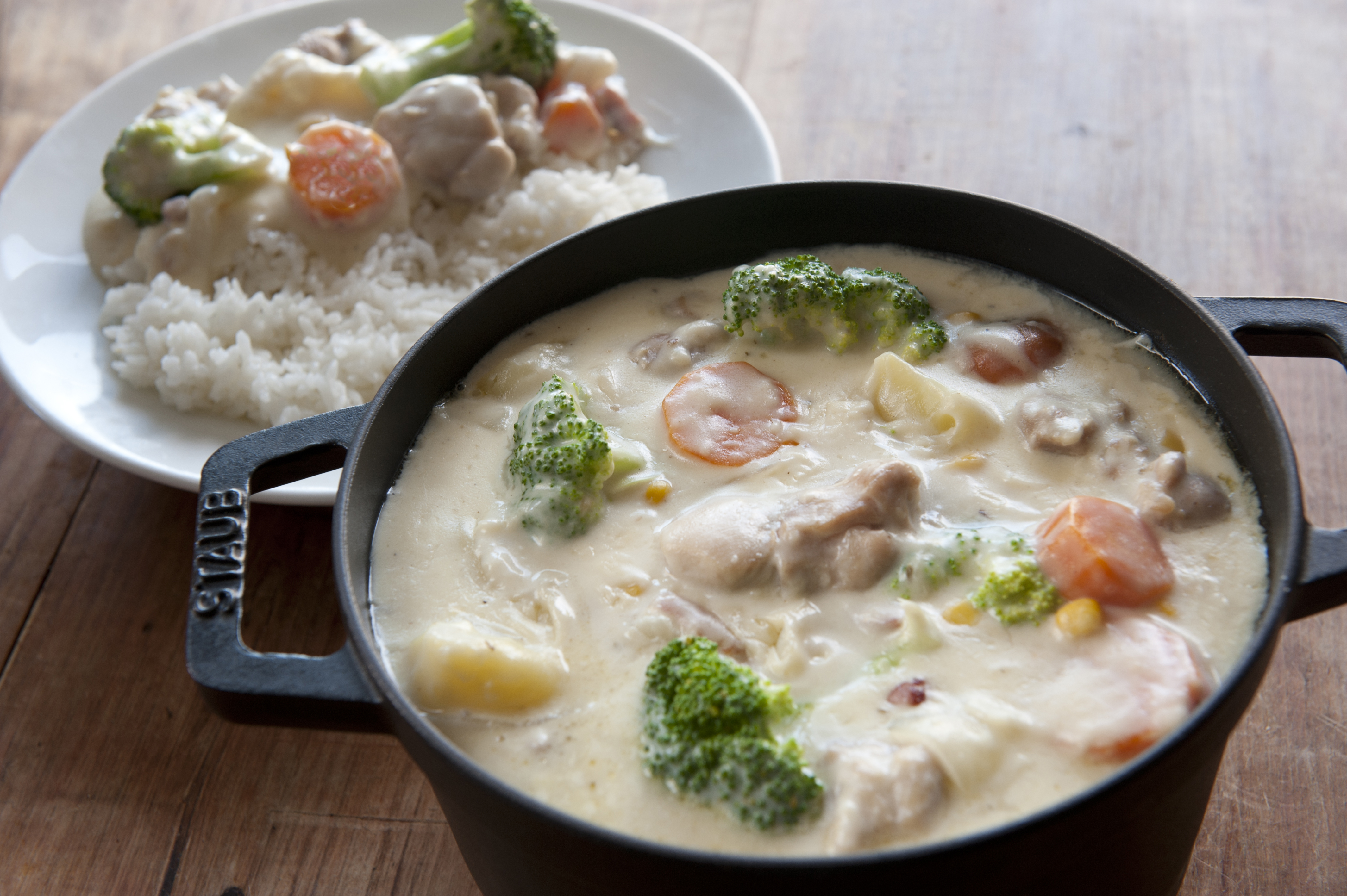When a Japanese person hears the word "stew," the dish they're likely to think of is a concoction of stewed vegetables and chicken (occasionally pork or seafood) in a creamy white sauce. Called "cream stew" or "white stew" this is a typical yōshoku dish: one with ingredients that have European-Western roots, but which is uniquely Japanese.
Nimono (simmered or stewed dishes) have existed in Japan for a long time, but ones that contained meat or poultry only really entered the culinary scene during the Meiji Era (1868-1912), when the government deemed that animal-based protein was good for the health of the populace. A "shichū" (the Japanese version of the English word "stew"), described as beef or chicken nimono, first appeared on the menu of a restaurant in Tokyo in 1871, but its ingredients were still hard to come by. In the following decades, newly introduced "Western" vegetables such as carrots and potatoes became widely cultivated, and animal farming — including dairy production — started up in earnest, too. All of this was essential to the development of Hokkaido, an area where former samurai and others who had lost their means of living moved in large numbers during the Meiji Era. Later on, the military — who made it a point to feed the troops plenty of meat to make them stronger — introduced various stewed meat dishes to their diet, including curry.
While white or bechamel sauce-based dishes existed prior to World War II on the menus of fancy yōshoku, the "white stew" as we know it today was only born after 1945. At the time, powdered skim milk supplied by the United States was considered to be essential for boosting the health of children in Japan, who had suffered from malnutrition during the waning days of the war. A dish of stewed chicken and vegetables with a sauce made with powdered milk thickened with flour was introduced to the school lunch program, and became very popular — probably because it was a lot tastier than the powdered milk dissolved in water.



